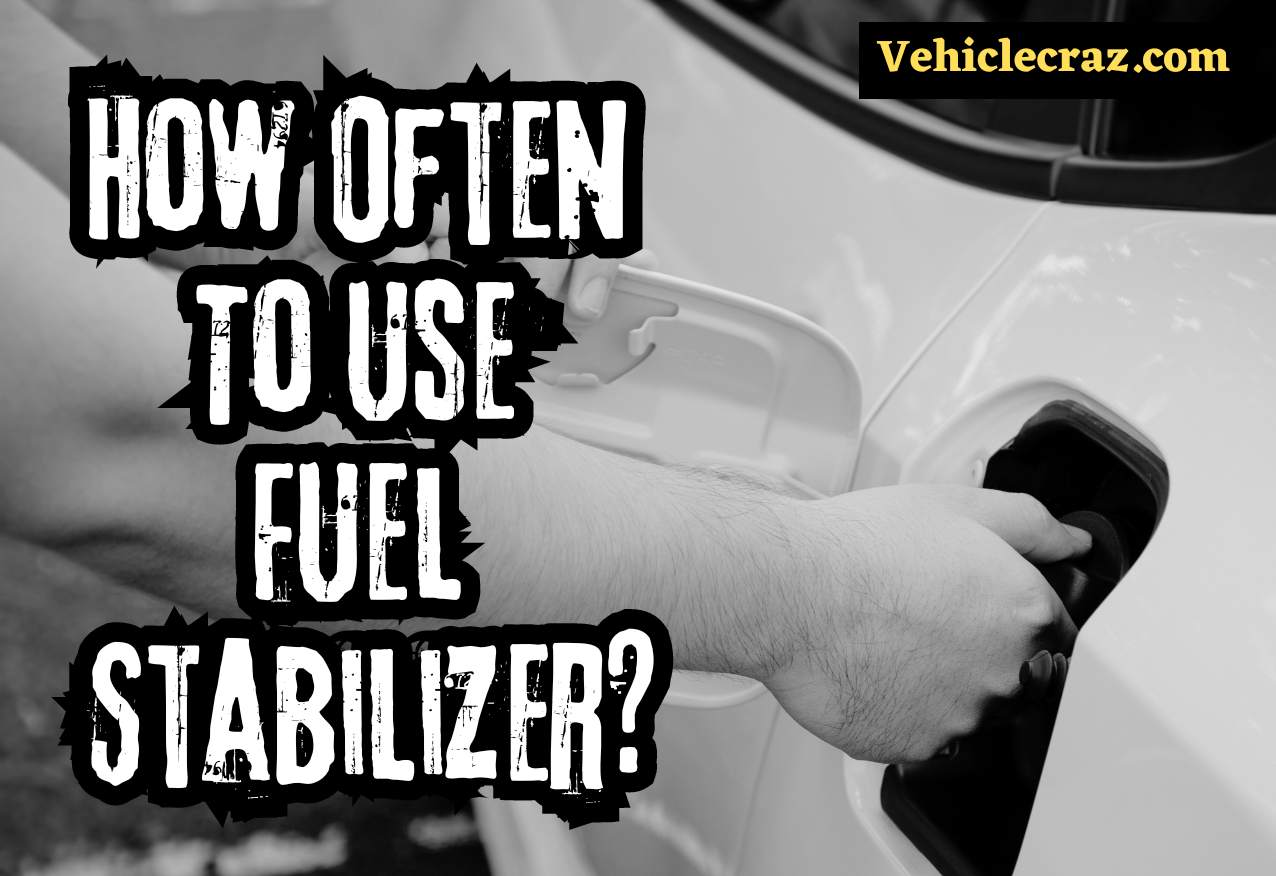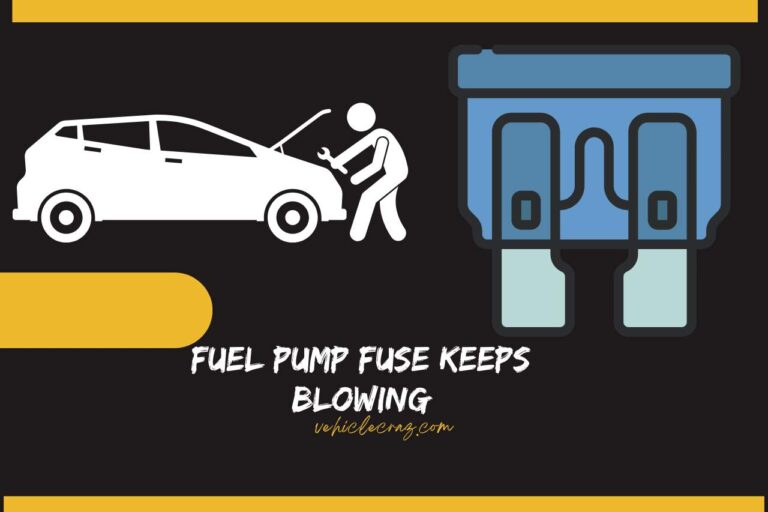How Often To Use Fuel Stabilizer? Detailed Guide
Someone might ask how often to use fuel stabilizer to ensure they are maintaining their fuel system and engine properly, especially if their vehicle or equipment sits unused for extended periods. If you are one of them, you are about to learn everything you need to know about this topic.
How Often To Use Fuel Stabilizer?
The frequency of using fuel stabilizer depends on several factors, including the type of vehicle or equipment, usage patterns, and storage conditions. we will explain everything so that you can grab the snake from its head.
Factors Influencing Frequency of Adding Fuel Stabilizers
Type of Vehicle or Equipment
-
- Lawn mowers, snow blowers, boats, and motorcycles that are used seasonally benefit from stabilizer before storage.
- Cars, trucks, or generators that sit unused for extended periods also need stabilizer.
Usage Patterns
-
- If a vehicle or equipment is not used regularly (e.g., more than a month between uses), stabilizer should be used with each refuel.
- For daily-use vehicles, stabilizer isn’t usually necessary unless the fuel quality is suspect or the vehicle will be unused for an extended period.
Storage Conditions
-
- In humid or temperature-fluctuating environments, fuel is more prone to moisture contamination and degradation.
- Fuel stabilizer is essential for any storage period over 30 days to prevent fuel degradation.
General Guidelines for Using Fuel Stabilizer
Every Fill-Up for Infrequently Used Vehicles
Add stabilizer every time you fill the tank if the vehicle or equipment will sit unused for more than 30 days. This practice ensures that the fuel remains stable and prevents gum and varnish formation.
Before Seasonal Storage
Add fuel stabilizer before storing seasonal equipment. Run the engine for a few minutes to distribute the stabilizer throughout the fuel system, ensuring full protection during the storage period.
During Regular Maintenance
Incorporate fuel stabilizer into the regular maintenance schedule for equipment like generators and other standby units. This helps keep the fuel system clean and ensures reliable operation when needed.
Specific Scenarios
Short-Term Storage (Less than 30 Days)
Stabilizer is generally not needed for storage periods less than 30 days, unless you are in a very humid environment.
Medium-Term Storage (1 to 3 Months)
Add stabilizer if the vehicle or equipment will sit unused for more than 30 days but less than 3 months. This prevents the initial stages of fuel degradation.
Long-Term Storage (More than 3 Months)
Always add stabilizer for any storage longer than 3 months. This ensures the fuel remains in good condition and the engine is protected when you start it again.
Is It Bad to Use Fuel Stabilizer Regularly?
Using fuel stabilizer regularly is generally not harmful if done according to the manufacturer’s instructions. Regular use can be beneficial, especially for vehicles and equipment that are infrequently used or stored for extended periods.
Stabilizers help prevent fuel degradation by keeping gasoline fresh and preventing oxidation. They also reduce engine deposits by cleaning the fuel system, ensuring optimal performance, and preventing moisture accumulation, which reduces the risk of corrosion and water contamination.
However, there are some potential downsides. Regular use adds ongoing costs, and using significantly more stabilizer than recommended can lead to residue build-up in the fuel system. It’s crucial to follow the manufacturer’s dosage instructions to avoid overuse. Compatibility with the type of fuel and engine should also be confirmed.
To use fuel stabilizer properly, always adhere to the recommended amount based on the fuel quantity, incorporate it into your regular maintenance routine, and ensure proper mixing by adding it to the tank before refueling. Regular use, when done correctly, helps maintain fuel quality, prevents engine issues, and ensures reliable starting without causing harm.
Does Fuel Stabilizer Expire or Lose Effectiveness Over Time?
Yes, fuel stabilizer can expire or lose effectiveness over time. Most fuel stabilizers have a shelf life of 2 to 5 years from the date of manufacture, which is typically indicated on the product label. It’s crucial to check this expiration date before using the stabilizer to ensure its effectiveness.
Storage conditions significantly impact the shelf life of fuel stabilizers. They should be stored in a cool, dry place away from direct sunlight and extreme temperatures. Exposure to heat, moisture, or direct sunlight can degrade the active ingredients, reducing the stabilizer’s effectiveness.
Signs that a fuel stabilizer has expired include changes in color, consistency, or odor. An expired stabilizer may not adequately prevent fuel degradation, leading to issues such as gum and varnish build-up, moisture accumulation, and poor engine performance.
Using an expired stabilizer might offer some protection, but it is unlikely to be as effective as a fresh product. This can result in starting problems, rough idling, and other engine performance issues due to degraded fuel. To ensure optimal fuel preservation, always use a fresh stabilizer within its effective date range and store it properly.


I’m Alex, a seasoned mechanical teacher with over 20 years of hands-on experience in Australia. My passion for all things automotive has driven me to establish this blog, aiming to share my wealth of knowledge and expertise with fellow enthusiasts, DIYers, and anyone keen on understanding the mechanics behind the machines we rely on daily.







